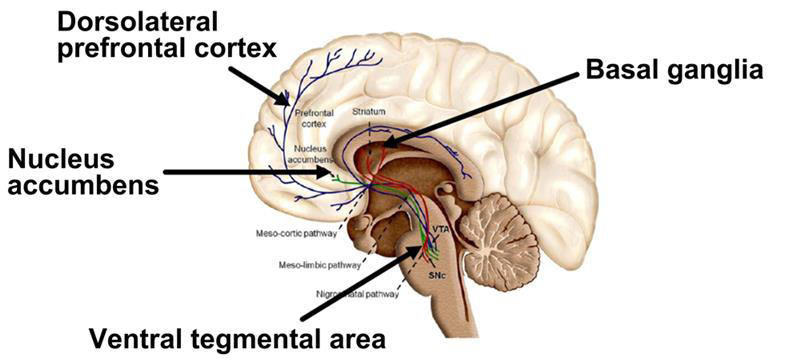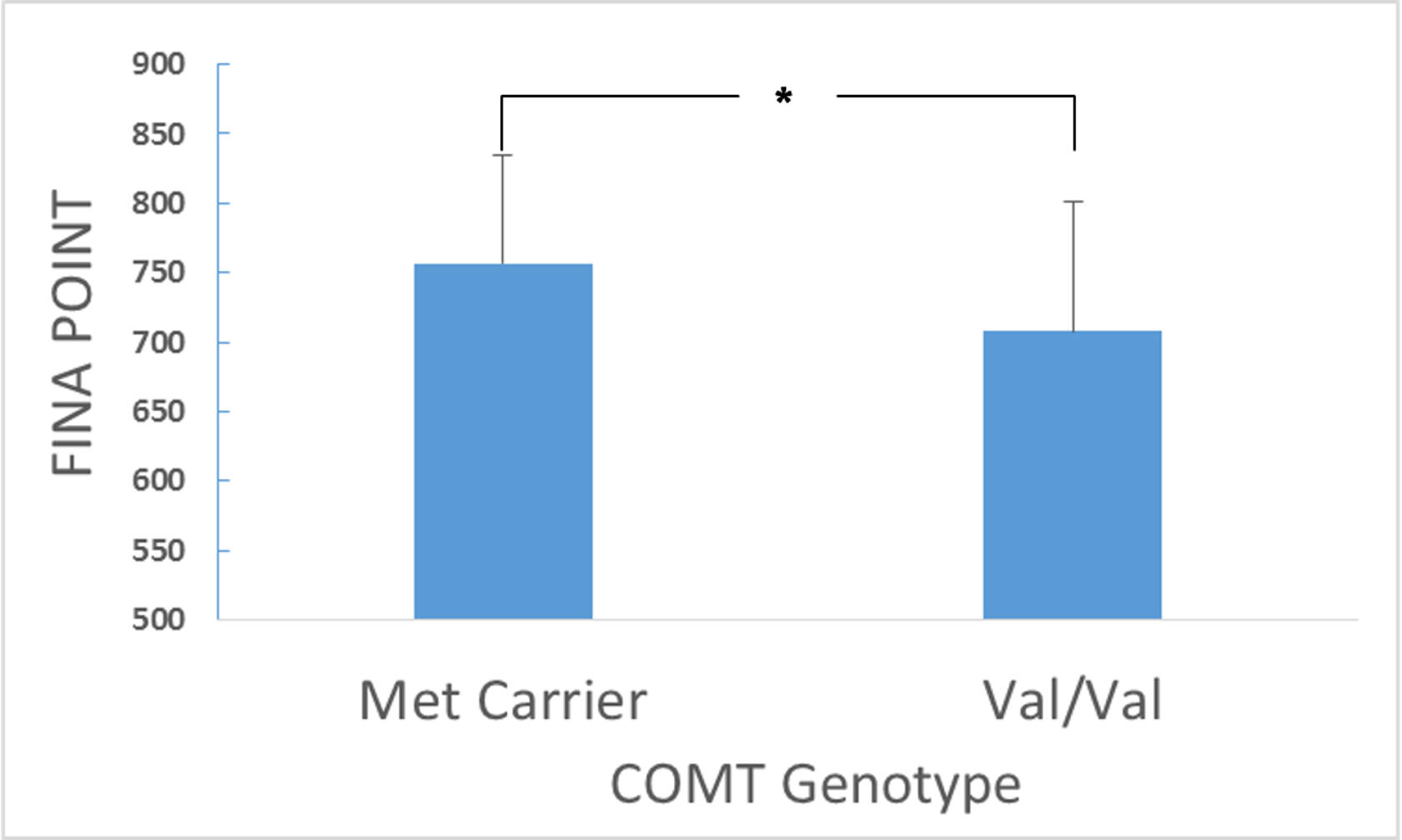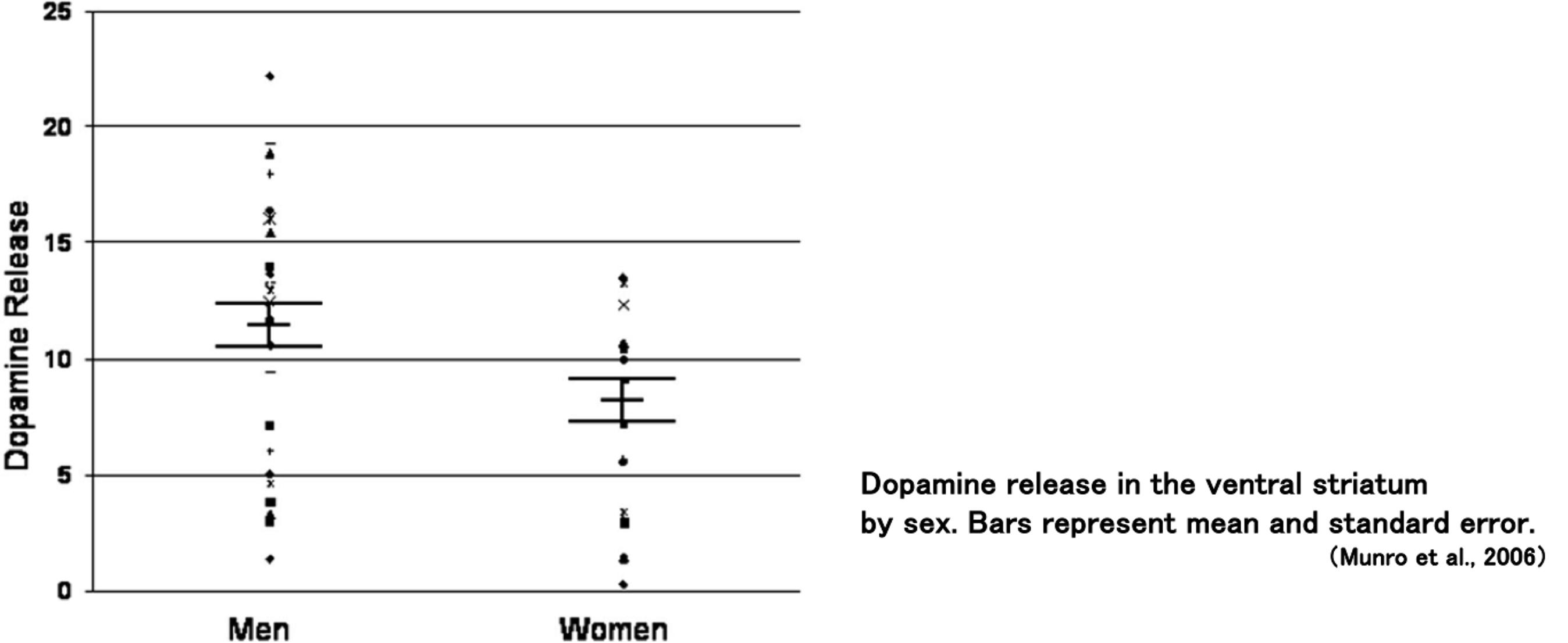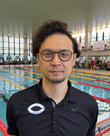Genetic Polymorphisms Engaged in the Dopaminergic Nervous System and Athletes' Competitive Abilities
Daisuke Abe/Assistant Professor, Faculty of Science and Engineering, Chuo University
Areas of Specialization: Life Science and Sports Science
1. A scientific approach to athletes and sports
In the run-up to the Paris Olympics, athletes in all sports aim to win more medals, and their daily training is motivated by their desire to represent their country and perform well at the Olympic Games.
In the field of sports research, there are scientific findings on competitive ability improvement and the impact of training from various angles, such as exercise physiology, biomechanics, and sports psychology. Athletes and instructors incorporate these findings to improve competitive ability.
In this context, research on genes has been conducted as one of the new approaches. The findings regarding the genetic polymorphisms in athletes and their physical characteristics and athletic performance have helped clarify the characteristics of each athlete and have become an indicator for more efficient training.
The focus of this study was on dopamine, a catecholamine neurotransmitter that is involved in the brain's reward system and the center of motivation and competitiveness.
Catecholamines are biogenic amines present in the brain, adrenal medulla, and sympathetic nervous system, and there are three known types of them: dopamine, noradrenaline, and adrenaline. There are several dopaminergic neural pathways that are projected to various areas of the brain and affect desire and cognitive abilities.

Figure 1: Arisia-Carrion et al,2010 International Archives of Medicine
For example (Figure 1), the mesocortical pathway connects the ventral tegmental area to the dorsolateral prefrontal cortex and influences the ability to control oneself. The mesolimbic pathway links the ventral tegmental area to the basal ganglia and the nucleus accumbens. It is involved in the reward system, such as the pleasure of success and the sense of accomplishment.
Among the components of the dopaminergic nervous system, there is an enzyme involved in the inactivation of dopamine called catechol-O-methyltransferase (COMT), which is associated with the mesocortical pathway connecting the motor cortex.
COMT is responsible for regulating the activity of the dopaminergic nervous system by deactivating dopamine. A single nucleotide polymorphism resulting in the substitution of the amino acid encoded at codon 158 of the COMT gene from valine to methionine has been shown to reduce the activity of the enzyme to deactivate dopamine to one-third to one-fourth of that of the valine-type COMT.
Since dopaminergic activity is closely related to motivation and self-regulation ability, it has been suggested that this single nucleotide polymorphism may be related to those individual differences, and the methionine homopolymorphism group (Met/Met) has been found to be highly responsive to rewarding tasks.
2. Examining the relationship between the ability to deactivate dopamine and competitive ability
In this study, I analyzed the relationship between the ability to deactivate dopamine by COMT genetic polymorphisms and athletes' competitive abilities.
The subjects were 57 university student swimmers (including 7 swimmers ranked within the top 30 in the world), and their competitive abilities were quantified using the FINA Point (points obtained by applying the time of each subject to a formula where the highest world record score equals 1,000 points) as an index of competitive ability.
The genetic polymorphisms of the subjects are shown in Table 1.

Table 1: Distribution of genetic polymorphisms in COMT
The groups by genetic polymorphism were classified according to the classification method of previous studies, with one group having only the valine type with high dopamine enzyme activity (Val/Val) and another group having the methionine type with one-third to one-fourth of the activity (Val/Met, Met/Met).
The average FINA Point values in respective groups were compared, and differences in competitive ability were analyzed. The methionine group showed significantly higher values, indicating that the competitive ability was higher in the methionine group (Figure 2).

*P < 0.05 for the group difference.
Figure 2: COMT's genetic polymorphism: Comparison of competitive ability by group
3. Increased dopamine levels improve competitive ability
The COMT genetic polymorphisms have characteristics that modify the activity of the dopaminergic nervous system (in the COMT genetic polymorphisms, the strength of dopamine inhibition), suggesting that differences in dopamine inhibition by the genetic polymorphisms affect competitive performance in swimming. This indicates that the COMT genetic polymorphism, which is related to cognitive ability, can define competitive ability in swimming to some extent.
A previous study reported that dopamine levels are increased in the brains of methionine-type test subjects because of their weak inhibition of dopamine, resulting in enhanced function of the dorsolateral prefrontal cortex, where dopaminergic nerves are abundantly distributed.(1)
Dopaminergic projections to the dorsolateral prefrontal cortex are made from the ventral tegmental area on the dorsal surface of the brainstem, and dopaminergic neurons in the ventral tegmental area play a central role in reward and goal-oriented behavior.
Taking this fact into account in the case of athletes competing in games, it is thought to play a key role in emotions such as expectations and anxiety about competing against rivals and challenging one's personal records.
In addition, the dorsolateral prefrontal cortex is a region that controls emotions and oneself, and when dopamine levels are increased, the ability to regulate oneself is enhanced.
This study's result of the methionine-type group showing higher competitive ability can be considered they controlled themselves better in response to the various expectations and anxieties that they were subjected to in the aforementioned competitive situation.
Additionally, seven of the subjects in this study were elite athletes ranked in the top 30 in the world. Of these seven, six were methionine-type subjects. Thus, elite athletes tend to be methionine-type subjects.
From the above findings, it can be inferred that the proportion of methionine-type carriers increases as the level of competition increases.
4. Research that can be applied to coaching
The subjects in this study were male competitive swimmers only. Previous studies have reported that sex differences also affect dopamine metabolism and COMT genetic polymorphisms in neural function and behavior.(2)(3)

Figure 3: Dopamine release in the ventral striatum
Figure 3 shows dopamine release from the ventral striatum for each gender observed in previous studies. Since women release less dopamine than men, the results may differ by gender, so a study on female athletes should also be performed.
In order to clarify the influence of this COMT genetic polymorphism and its findings in athletic performance in other competitive sports, it is important to study whether similar findings can be obtained in competitive sports in which Japanese athletes are active in the world, such as judo, wrestling, soccer, and artistic swimming, in terms of both individual and team competitions.
In this study, I examined the relationship between the COMT genetic polymorphism, which affects cognitive ability, and competitive ability in male competitive swimmers, suggesting that the COMT genetic polymorphism is the genetic basis for psychological factors that affect competitive performance.(4)
Although there can never be a definitive diagnosis based on genes, we would like to further deepen our knowledge of what can be considered a developmental approach to athletes and utilize the findings as individual characteristics and trends in the hope that this will be an important factor in improving the overall competitiveness of the sports world in the future.
Reference Literature.
(1) Jaspar, M., Genon, S., Muto, V., Meyer, C., Manard, M., Dideberg, V., ... Collette, F. (2014). Modulating effect of COMT genotype on the brain regions underlying proactive control process during inhibition. Cortex; A Journal Devoted to the Study of the Nervous System and Behavior, 50, 148-161. doi:1016/j.cortex.2013.06.003
(2) Laakso, A., Vilkman, H., Bergman, J., Haaparanta, M., Solin, O., Syvälahti, E., ... Hietala, J. (2002). Sex differences in striatal presynaptic dopamine synthesis capacity in healthy subjects. Biological Psychiatry, 52(7), 759-763. doi:1016/S0006-3223(02)01369-0
(3) Munro, C. A., McCaul, M. E., Wong, D. F., Oswald, L. M., Zhou, Y., Brasic, J., ... Wand, G. S.. (2006). Sex differences in striatal dopamine release in healthy adults. Biological Psychiatry, 59(10), 966-974. doi:1016/j. biopsych.2006.01.008
(4) Daisuke Abe, Hirokazu Doi, Taishi Asai, Mayuko Kimura, Tadashi Wada, Takaaki Matumoto, Kazuyuki Shinohara. (2018). Association between COMT Val158Met polymorphism and competition results of competitive swimmers. Journal of Sports Sciences, 36(4), 393-397. doi:10.1080/02640414.2017.1309058
Daisuke Abe/Assistant Professor, Faculty of Science and Engineering, Chuo University
Areas of Specialization: Life Science and Sports ScienceDaisuke Abe was born in Saitama Prefecture in 1982. He graduated from the Faculty of Economics of Chuo University in 2004, and completed the Master’s Program (physical education) in the Graduate School of Sport System of Kokushikan University in 2006 and the Doctoral Course (medicine) in the Graduate School of Biomedical Sciences of Nagasaki University in 2017. He is an Assistant Professor in the Faculty of Science and Engineering, Chuo University (since 2019) and a researcher in the Institute of Health and Sports Science, Chuo University (since 2019). Also, he is a visiting researcher at the Wellness Research Center, Kokushikan University (since 2023), and the coach of the Chuo University swimming club (since 2007).
His areas of specialization are sports science and sports medicine.
His current research themes include the relationship between deep body temperature and athlete performance, the investigation of frailty prevention in older people, and the relationship between genetic polymorphisms and competitive ability in athletes.









